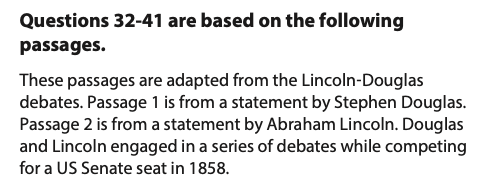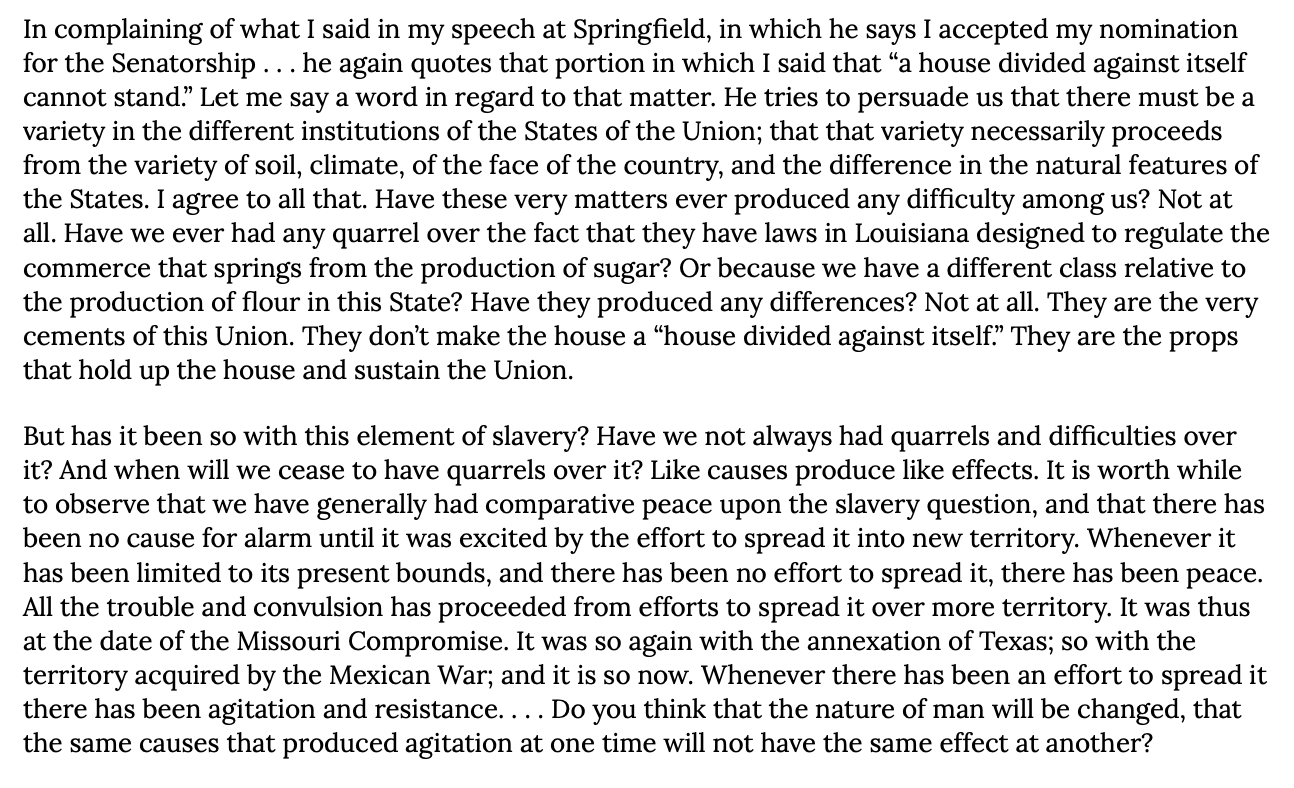Academic Insider: How to Read Primary Sources
George Mayerle's Eye Test Chart (ca. 1907)
“The Principall Navigations, Voiages, and Discoveries of the English Nation: Made by Sea or Over Land to the Most Remote and Farthest Distant Quarters of the Earth at Any Time within the Compasse of These 1500 Years: Divided into Three Several Parts According to the Positions of the Regions Whereunto They Were Directed; the First Containing the Personall Travels of the English unto Indæa, Syria, Arabia ... the Second, Comprehending the Worthy Discoveries of the English Towards the North and Northeast by Sea, as of Lapland ... the Third and Last, Including the English Valiant Attempts in Searching Almost all the Corners of the Vaste and New World of America ... Whereunto is Added the Last Most Renowned English Navigation Round About the Whole Globe of the Earth.”
If you struggled to read the above text, you may be even more disheartened to discover that this was only the title.
Primary sources are a notoriously difficult. Antiquated language and unknown references often prevent us from fully understanding the message.
However, an ability to read primary sources not only helps you succeed in classroom assignments, including the SAT and state testing, but it also prepares you for the more rigorous expectations of college, during which you will be confronted with primary sources daily. To deepen your understanding, quicken your pace or simply get started, follow our steps below to master primary source readings.
Step 1: Background
Capitalize on all the background you can. Most sources will come with a date and oftentimes even a short description of what you are about to read. Before getting into the passage, it is suggested that you make a mental checklist of everything you know that is going on at the time the source was written, along with any other information you may know about the author or topic.
For example, below is the introduction to a primary source pulled from the SAT.
Even if you are not familiar with the Lincoln-Douglass debates, there is an immense amount of knowledge that you can pull from the few sentences of background information. First, the passages are from a debate between Lincoln and Douglas; therefore, you know that the two passages are going to be arguing contrasting points. So, if you read both passages and do not see any differences, you know you read them wrong.
Second, one of the speakers is Abraham Lincoln. With our knowledge of the author, we can pull in information about his opinion towards slavery, the Union, and the struggle between the North and South.
Finally, we note the date: 1858. This is approximately two years before the Civil War broke out. Therefore, we can safely assume that the debate will not only be quite contentious, but it will likely also deal with issues surrounding the Civil War, such as slavery and states’ rights.
We have not even begun reading the primary source and already we can predict the content and the authors’ tone towards one another.
If you have more time available, spending a few minutes researching the author of the source can provide a great deal of information with which you can make further predictions about the content of the writing.
Step 2: Summarize as you go
Rephrase sections into more digestible language as you read. This will ensure you understand the entirety of the argument and make the reading more manageable by transforming the language into ideas you can understand. You can go sentence by sentence or take it in chunks. Let’s look at the following section from Lincoln’s speech:
“It is worth while to observe that we have generally had comparative peace upon the slavery question, and that there has been no cause for alarm until it was excited by the effort to spread it into new territory. Whenever it has been limited to its present bounds, and there has been no effort to spread it, there has been peace. All the trouble and convulsion has proceeded from efforts to spread it over more territory.”
We can summarize all of this into a single sentence: Slavery has not caused conflict until people have tried to spread it.
Now, with this sentence in mind, we can continue deciphering the rest of the speech, breaking it into parts and summarizing it into our own words. It is helpful to write down your summaries — a few words in the margins of the page or typed out for longer readings — so you can read the new version of the source in its entirety.
To see what this looks like across a complete source, take a look at the rest of Lincoln’s speech below:
This entire speech can be summarized into:
Paragraph 1 — “Let me address what Stephen Douglass said when he quoted me. He tells us that there has to be differences between the states, which comes from their natural (i.e. environmental) differences, and I agree. But these differences have never created conflict (inserts examples). Actually, these differences help the country.”
Paragraph 2 — “But this has not been true about slavery which produces conflicts. Slavery has not caused conflict until it has tried to be spread. We see this with the Missouri Compromise, annexation of Texas and the land we acquired from the Mexican War. Whenever we try to spread slavery it has produced conflict. Do you think that human nature will change? Do you really think that if it caused all these problems before that it won’t now?”
Compare the two versions. Look at how much we were able to shorten the speech. We have also made it significantly more readable.
So, summarize as you go, turn sections or sentences into readable language, and then read back your summary.
Step 3: Ignore difficult words
You do not need to know the definition of every word in a source. It might seem strange to ignore parts of a source, but doing so can actually help you understand the overall message. Many students become stuck when they encounter difficult vocabulary, preventing them from making any progress into the source. By ignoring these difficult words, you can get closer to a successful reading, rather than leaving the source and learning nothing.
For example, let’s look at a section from Douglass’ speech:
There are a few words here that could give students trouble: “acquired,” “sufficient,” and “feeble.” Especially in the instance of a timed exam, spending too much effort deciphering the vocabulary can prevent you from comprehending the source at all. Instead, ignore these words and read the sentence without them. You will be surprised at how much of the message remains.
With the words removed, we can grasp the message: “During this time we have gained people, extended our territory, got Florida and Texas, which doubled our territory, increased in population, wealth and power more than any country, and have risen from a weak power to be admired and feared around the world.”
Deciphering the message did not require you to know the definition of the difficult words. You can still understand of the overall message and you gain valuable time that would have been otherwise wasted on deciphering single words.
Conclusion
Understanding primary sources is one of the most important — and difficult — skills to master in your education. No matter what subject you pursue, you will be forced to grapple with language that is unfamiliar and challenging.
Next time you encounter primary sources, remember to:
Drawing and etching by Thomas Rowlandson, from The Tour of Dr Syntax in Search of the Picturesque (1809–1812)
Use background information to predict the content
Summarize as you go
Ignore difficult words
Having such tools can help you efficiently and effectively understand primary sources so you can move on to your own analysis of their arguments.





